
Frescoes by Michelangelo Buonarroti arouse the interest of descendants for several centuries already. Who does not know the fragment of the painting of the plafond of the Sistine Chapel with Adam and God reaching out for a meeting? These naked bodies, to become, the point of contact of the fingers of biblical characters wander from the pages of textbooks and polygraphs, sometimes without authorship, just like that.
Contemporary artists have repeatedly turned to the theme of the creation of the first man, but only Dali allowed himself to openly “exploit” the image of Adam Michelangelo. He did not experiment with the name, calling the work simply “Character, inspired by the figure of Adam from the plafond of the Sistine Chapel in Rome.” It was painted at the end of the artist’s creative career.
It was at the time when Dali began to suffer from dementia and turned into a capricious child. Apparently, therefore, his Adam turned out to be “licked” from the original and decorated with colored strokes of a mosaic or neon rays. Dali fought in his performance over the world’s masterpiece. His surrealism turned a stately man into a mannequin for an experiment with color and paint.
The mosaic of the face turns into a classic oil painting and is blurred at the feet of Adam by the technique of pouring, like a watercolor on the water. The combination of different techniques transformed the antique piece of the painting into a modern canvas, remotely reminiscent of the mosaic of the facades of the 60s Soviet culture houses. It can not be said that this is terrible, but it can not be said that the work fully reflects Dali’s talent.
Pay attention to the individual details. Take, for example, this mottled background. It is already executed in a completely different technique of painting – pointillism. Spot application of paint on a horizontal plane clearly contrasts with a gray smooth background – such a whitewash. So, in a single canvas, various versions of the application of the oil pigment fit. Why is the religious Adam involved here a mystery. Apparently, the author was in fact inspired by the dome of the chapel. He sketched out the sketch, copying Adam, and then what? Surrealism is all forgiven, so to speak, and the genius of Dali and even more so. As a result, the viewer received a different interpretation of the youth of the XIX century.
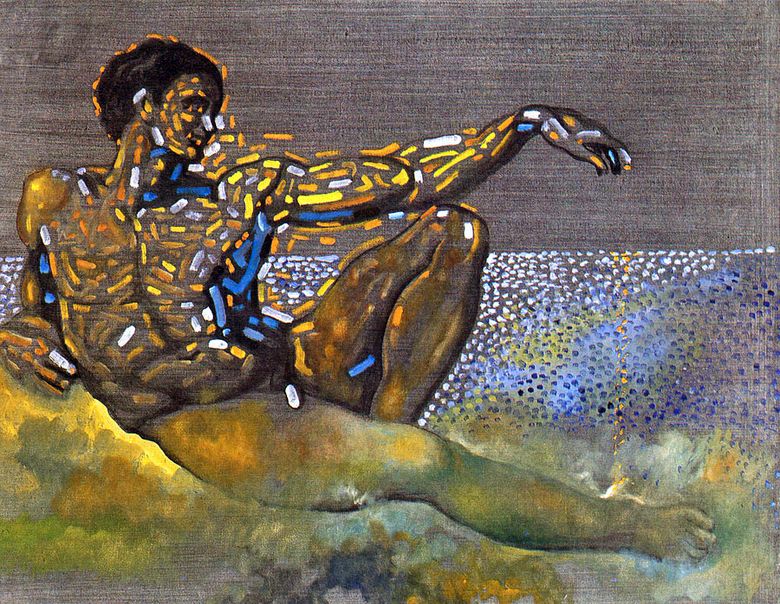 Personnage inspiré de la figure d’Adam depuis le plafond de la Chapelle Sixtine à Rome – Salvador Dali
Personnage inspiré de la figure d’Adam depuis le plafond de la Chapelle Sixtine à Rome – Salvador Dali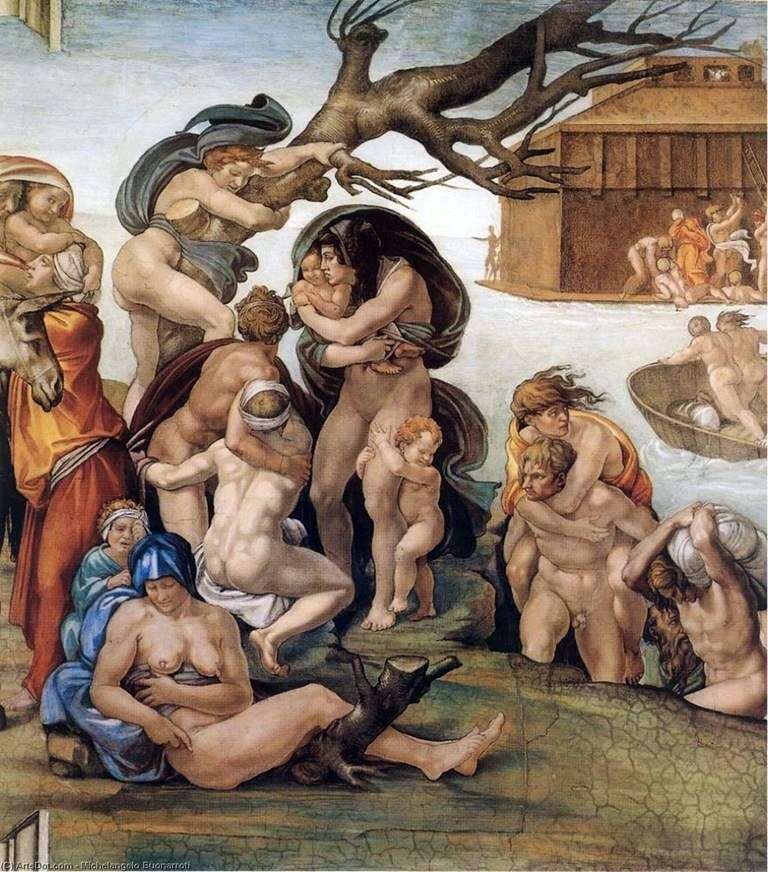 Flood, a fragment of the painting of the Sistine Chapel (fresco) by Michelangelo Buonarroti
Flood, a fragment of the painting of the Sistine Chapel (fresco) by Michelangelo Buonarroti Detail of the Sistine Chapel painting (fresco) by Michelangelo Buonarroti
Detail of the Sistine Chapel painting (fresco) by Michelangelo Buonarroti Interior of the Sistine Chapel by Michelangelo Buanarrotti
Interior of the Sistine Chapel by Michelangelo Buanarrotti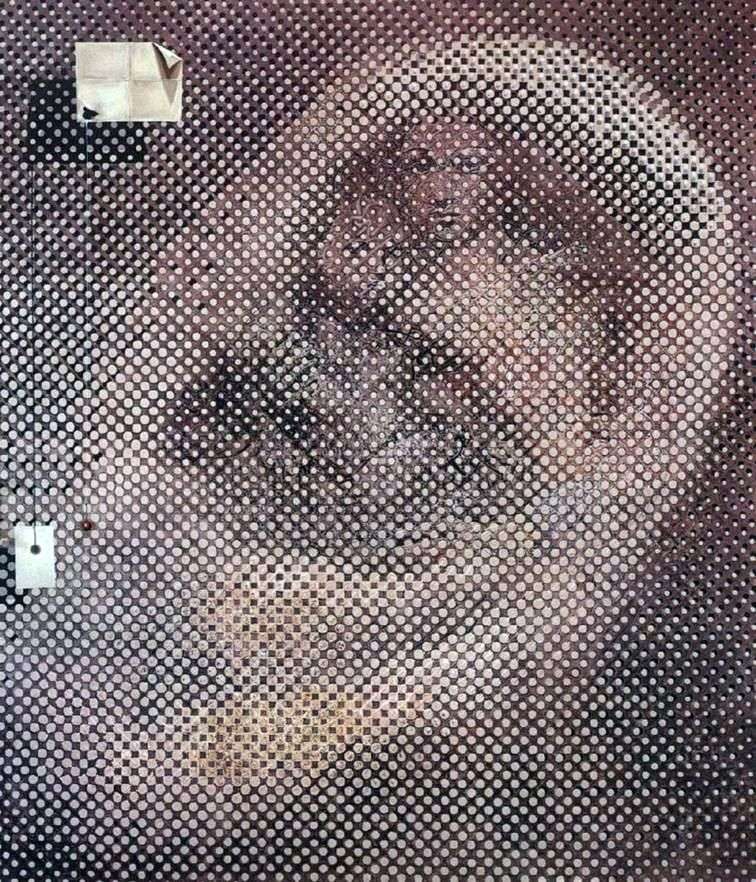 Sistine Madonna by Salvador Dali
Sistine Madonna by Salvador Dali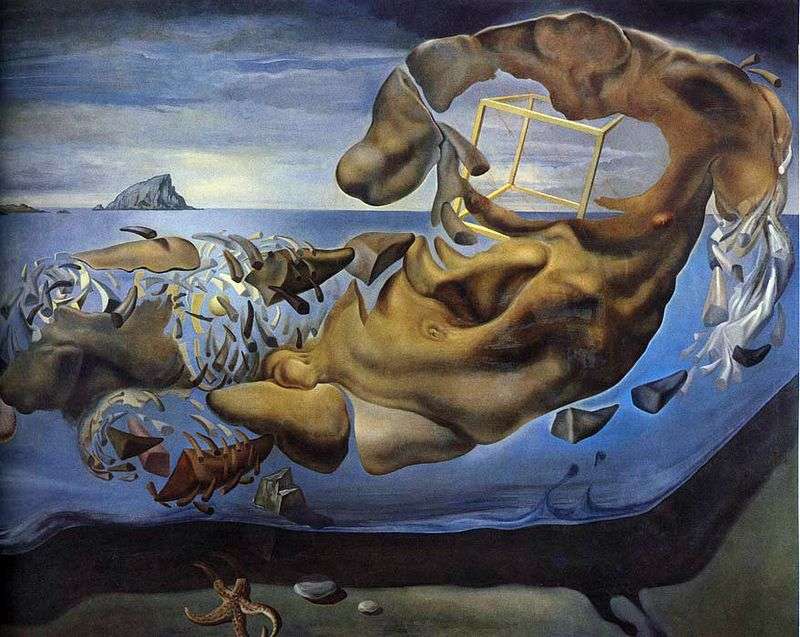 Nosorogoobraznaya figure Ilissa Fidia by Salvador Dali
Nosorogoobraznaya figure Ilissa Fidia by Salvador Dali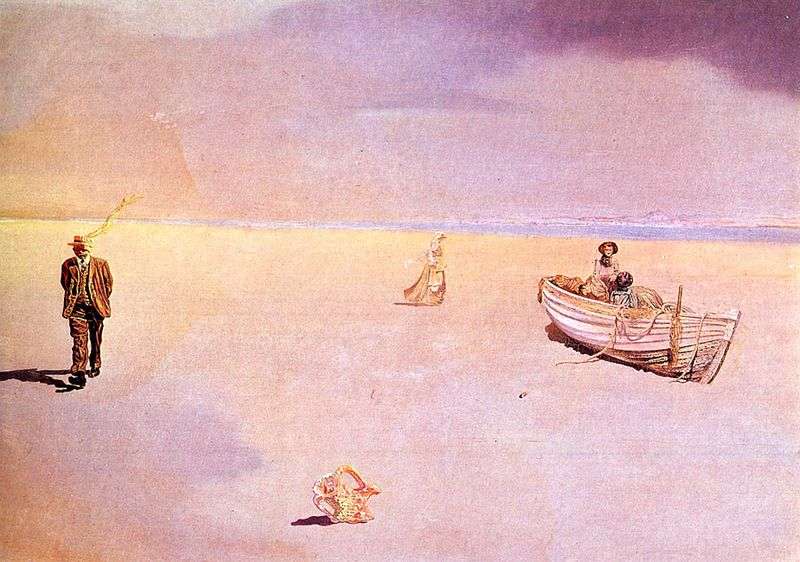 Astral paranoid image by Salvador Dali
Astral paranoid image by Salvador Dali Creation of Adam by Michelangelo
Creation of Adam by Michelangelo